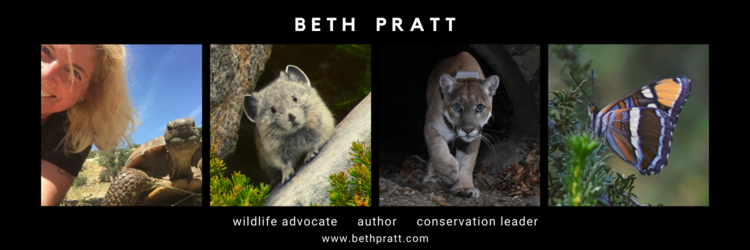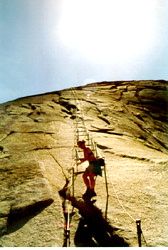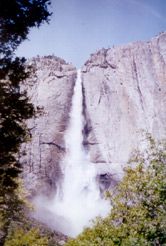 Tuolumne has opened! And another hiking season in the high country begins. Mt. Dana provides a great welcome to the higher elevations and I usually make it my inaugural hike in Tuolumne. It’s short (less than six miles round trip), strenuous (an elevation gain of over 3,000 feet) and propels you into the beautiful alpine landscape and atop the park’s second highest summit fairly quickly (depending on your hiking speed!).
Tuolumne has opened! And another hiking season in the high country begins. Mt. Dana provides a great welcome to the higher elevations and I usually make it my inaugural hike in Tuolumne. It’s short (less than six miles round trip), strenuous (an elevation gain of over 3,000 feet) and propels you into the beautiful alpine landscape and atop the park’s second highest summit fairly quickly (depending on your hiking speed!).
Due to a craving for pancakes, we begin late in the morning but the sky holds no troubling clouds. "It’s all uphill from here," I keep joking as we walk. Shad kneels down to get a photo of a field of corn lilies waving their green leaves at us. He’s become more confident in his photography since his rolls of film have come back from the developer without the fix-it stickers attached.
We pass a small rock decorated with an orange paint spot and I relate to Shad the story behind this strange spot. The late ranger, Carl Sharsmith, established this trail in the 1930’s and led wildflower walks up to the Dana Plateau. At one point, he was ordered by his supervisor to paint blazes marking the trail up to Dana. He disagreed with the directive but was forced to comply. So he painted the orange spots only on small rocks, and when his supervisor left, he marched up the trail and turned all of the rocks with the orange blazes over.
After boulder jumping up to the summit, we find only one other party at the top. Proving the small world theory true, a member of the group happens to be William Alsup, a board member of the association. We enjoy the panoramic view together and between the five of us we are able to identify most of the landmarks: Mono Lake, the White Mountains, Saddlebag Lake, Mt. Conness, Cathedral Peak, Echo Peaks, Mt. Ritter and Banner (just barely) Lembert Dome, Mt Hoffmann and Mt. Lyell.
Since it’s early in the season, the scurry down the mountain is accelerated by the large snowfields. We slide down with our raingear, laughing as we go, bumping and falling over suncups. And our pace is also quickened by the motivating factor of a Tioga Pass Resort homemade piece of pie.
Endnote: Shad consumed a rather large slice of chocolate cake; I opted for the apple pie.


